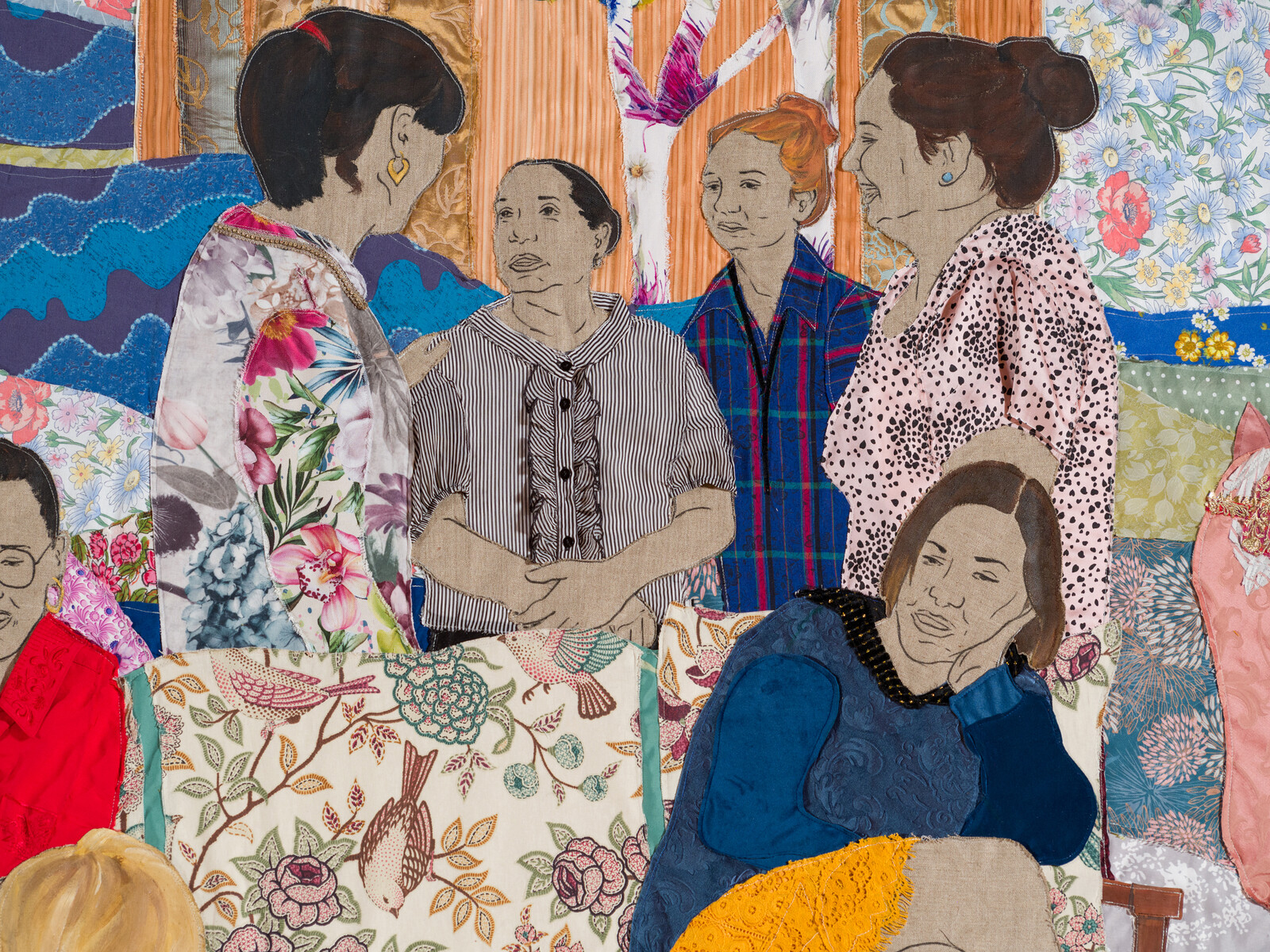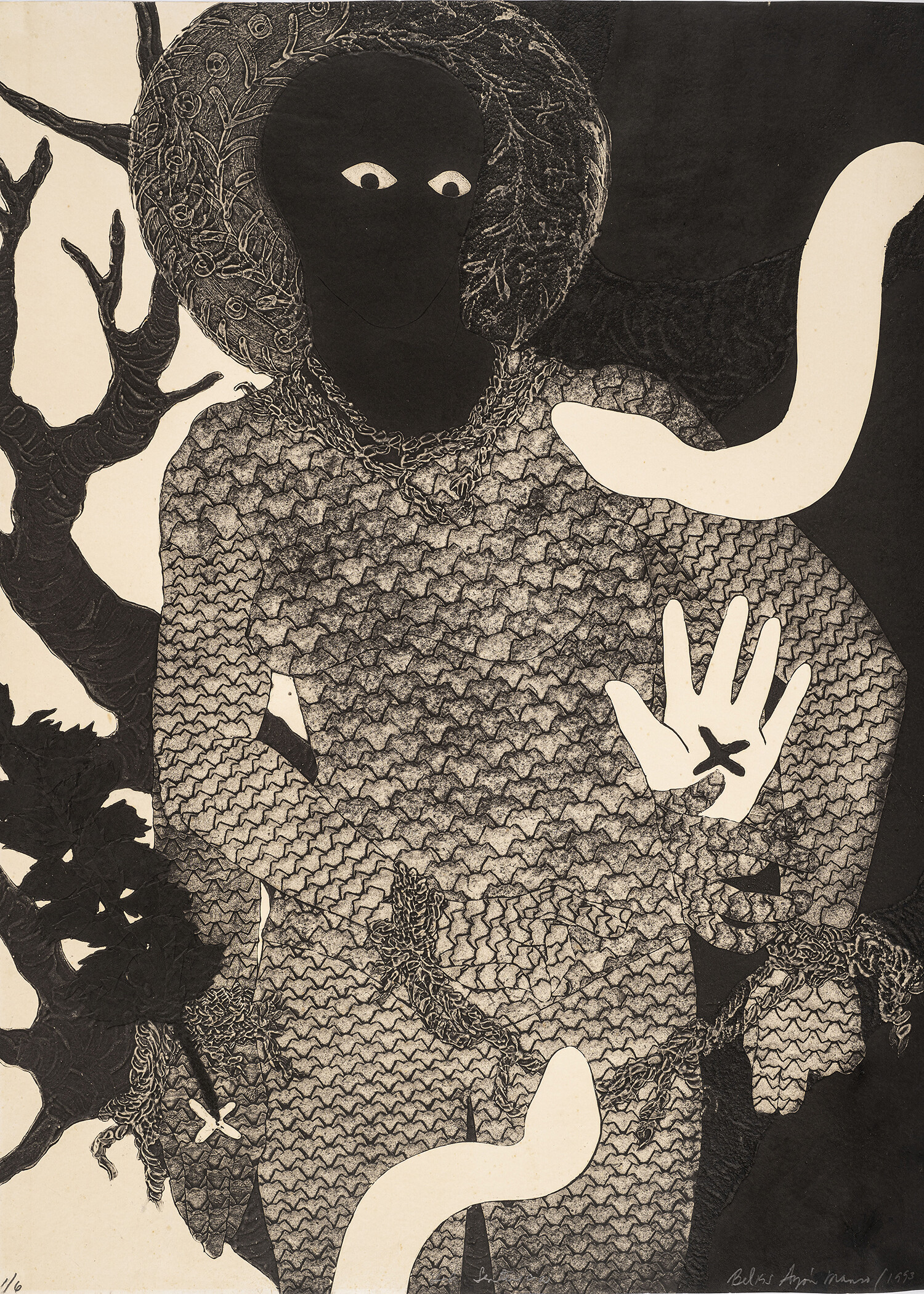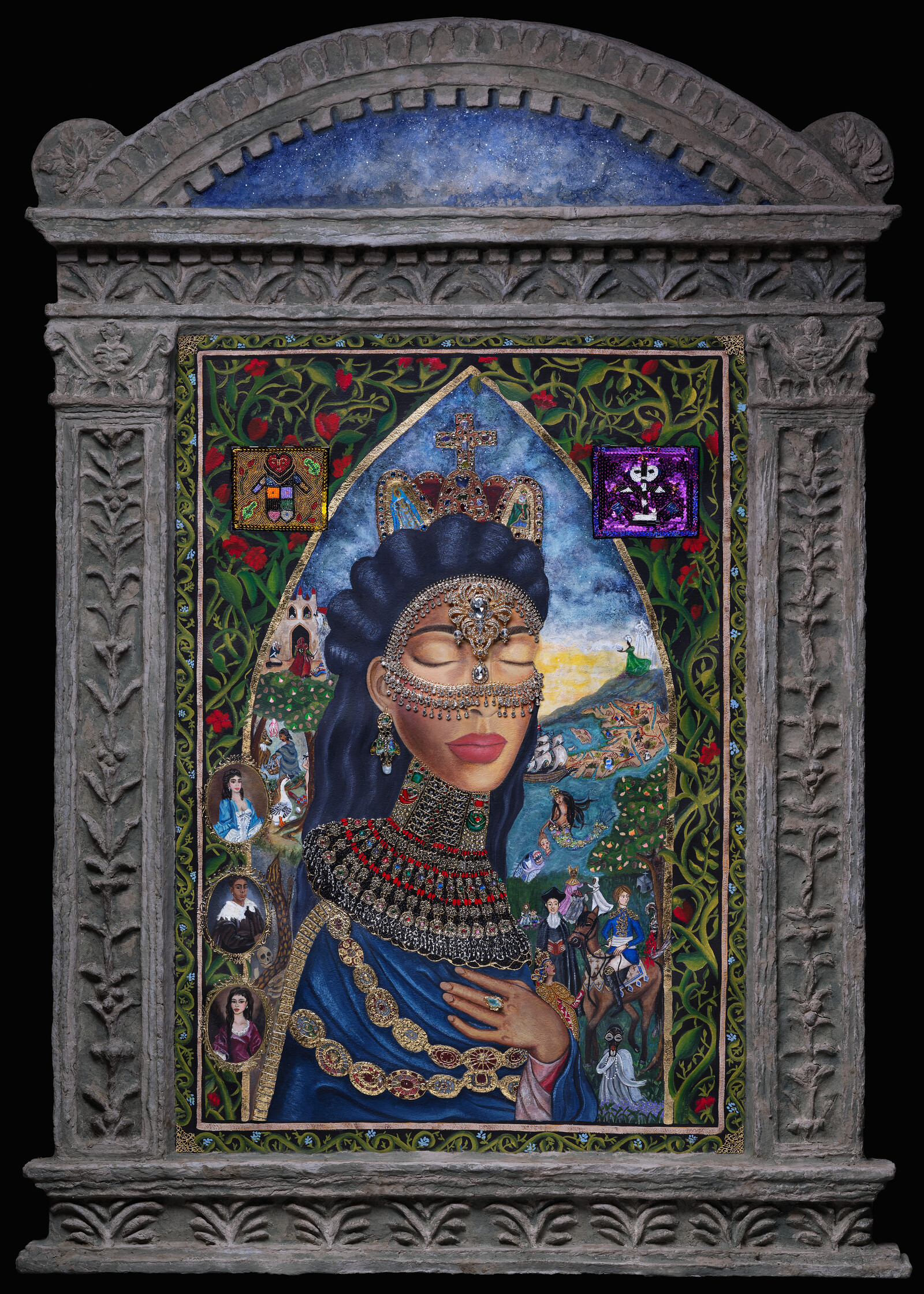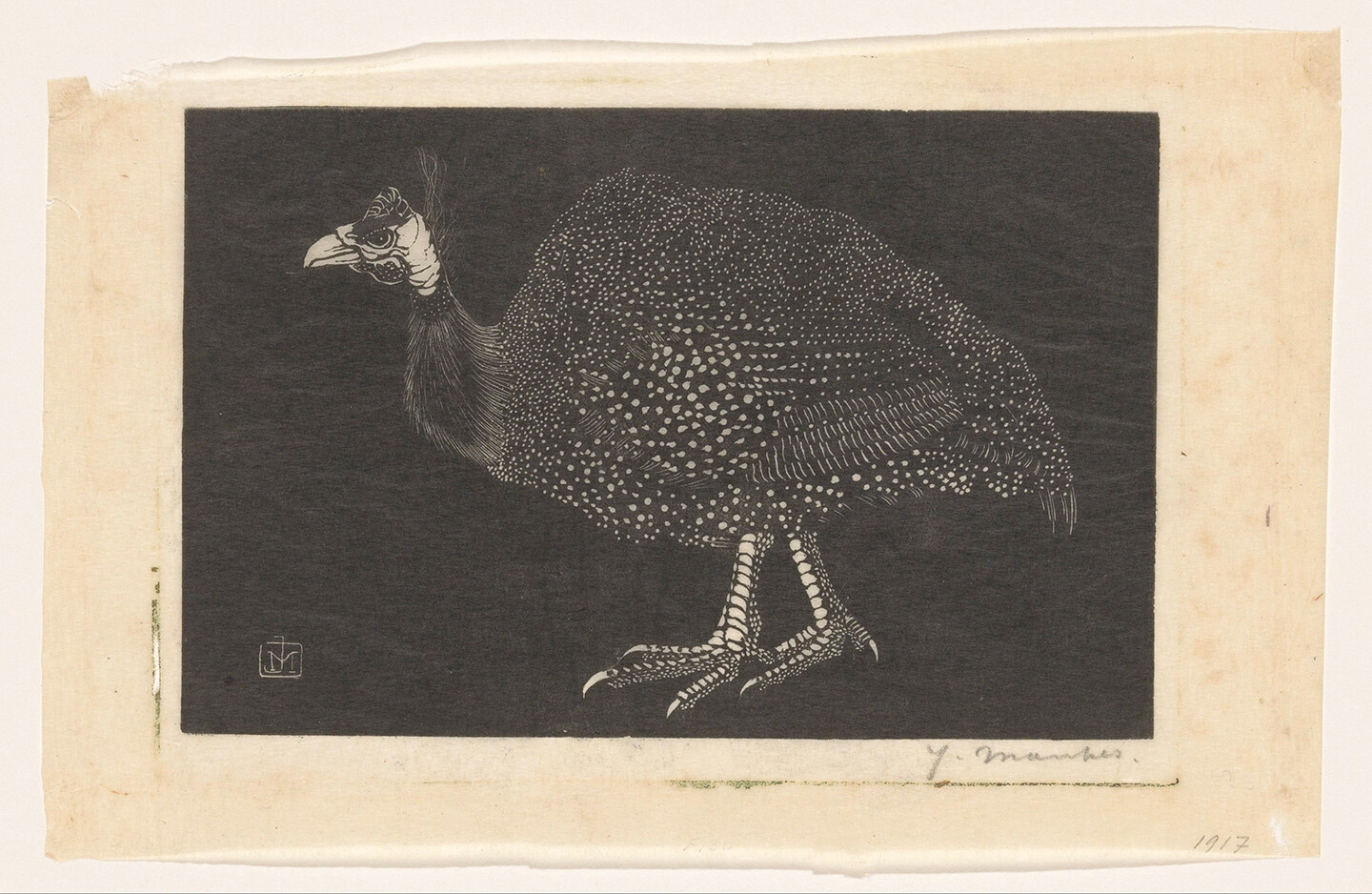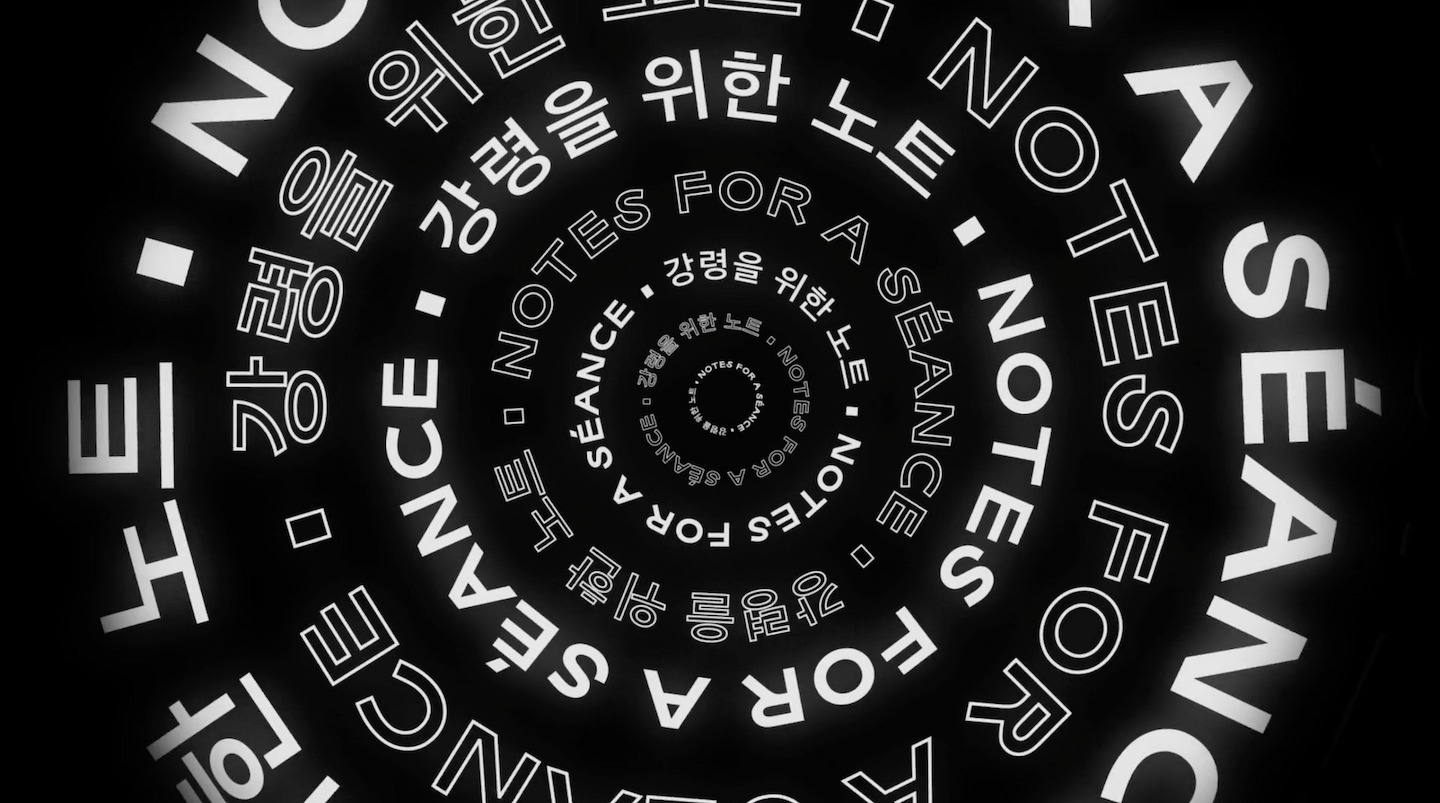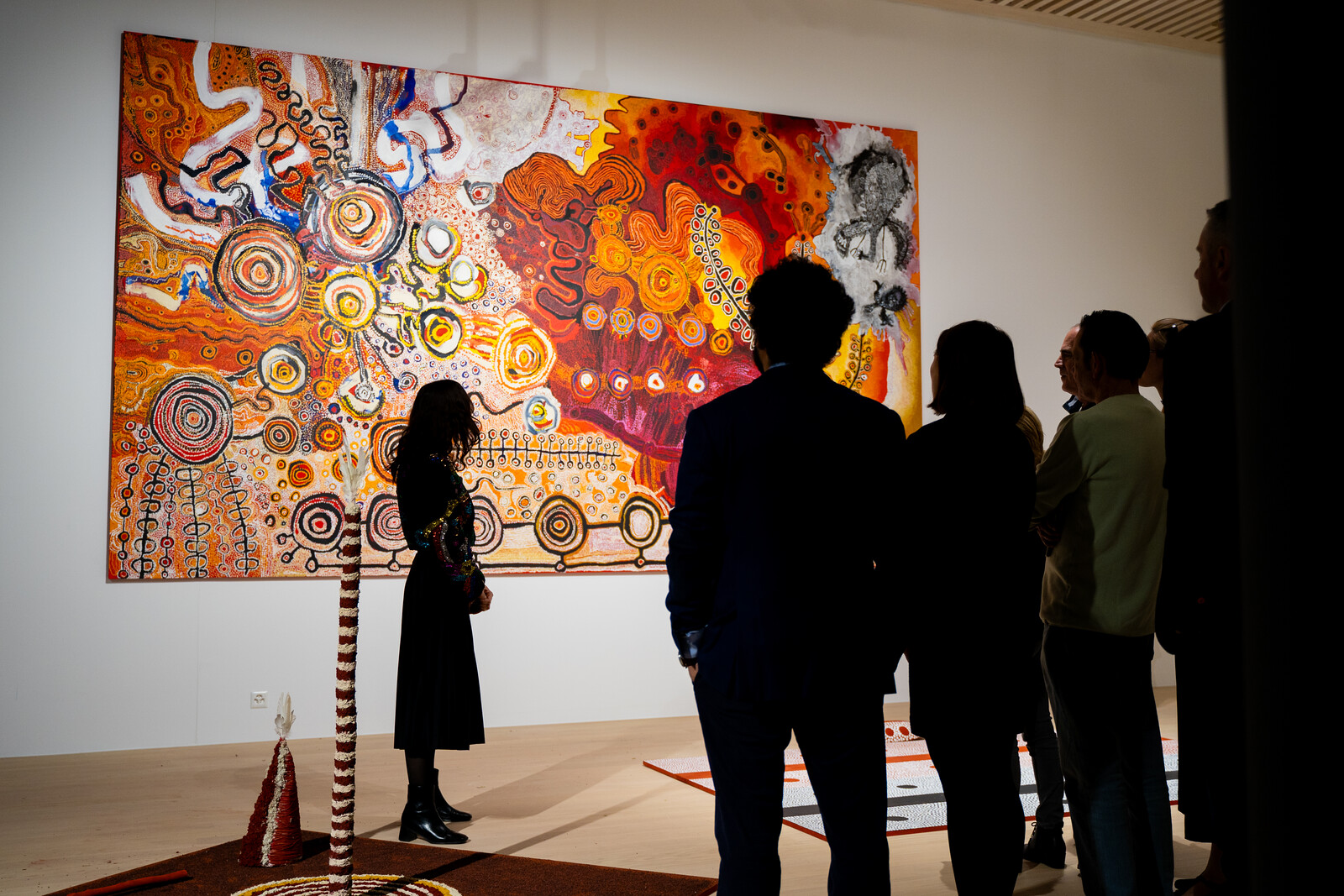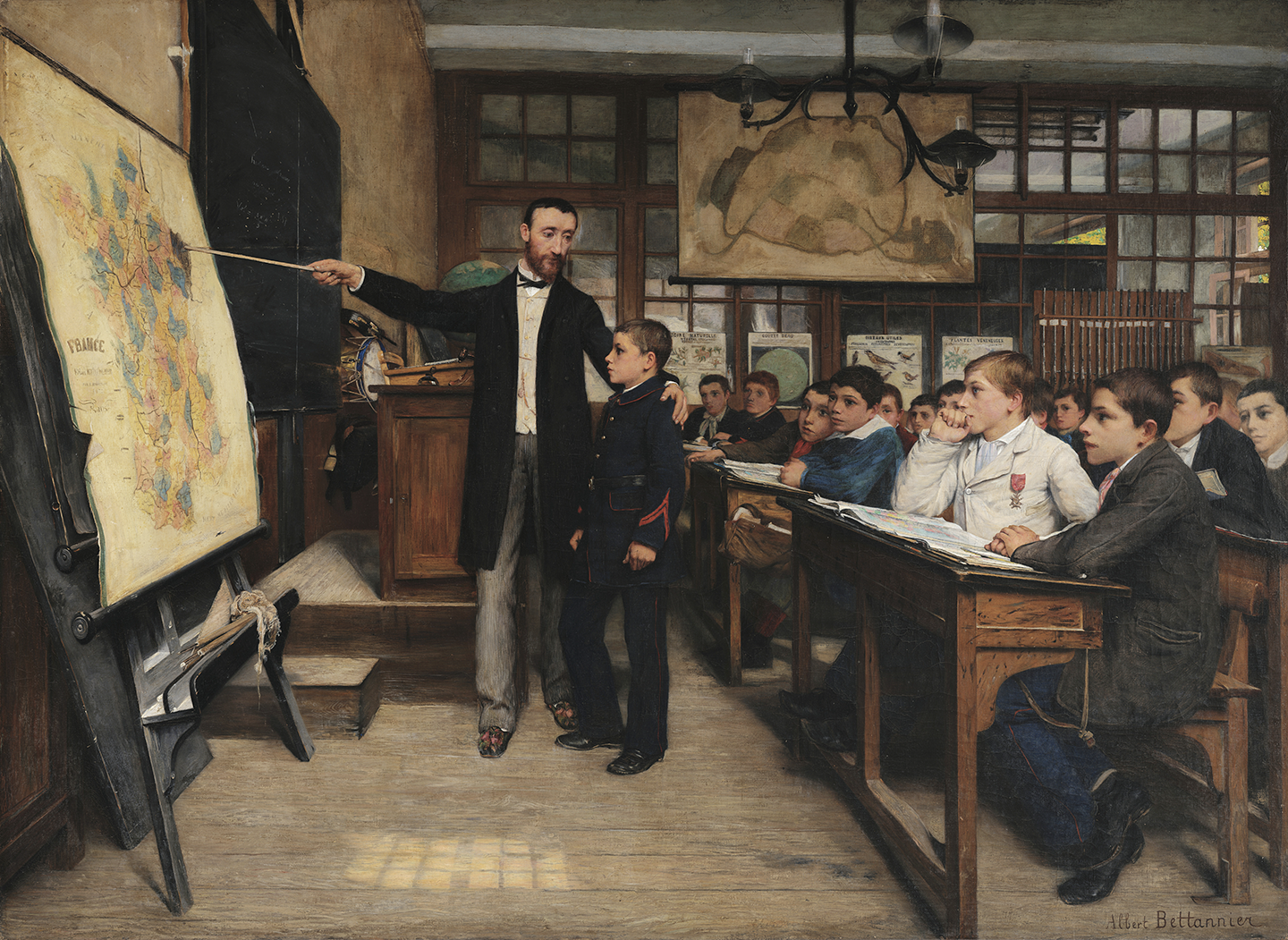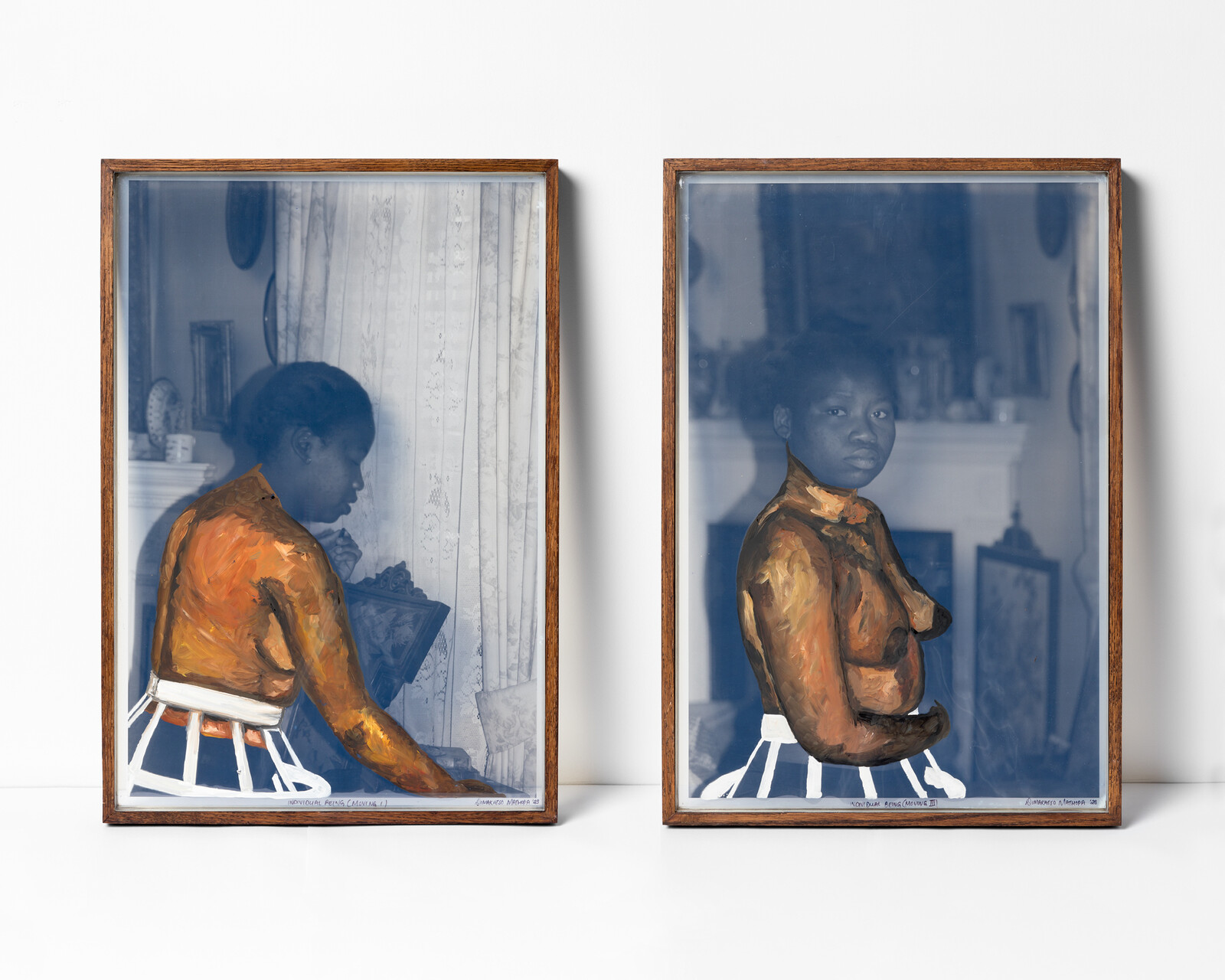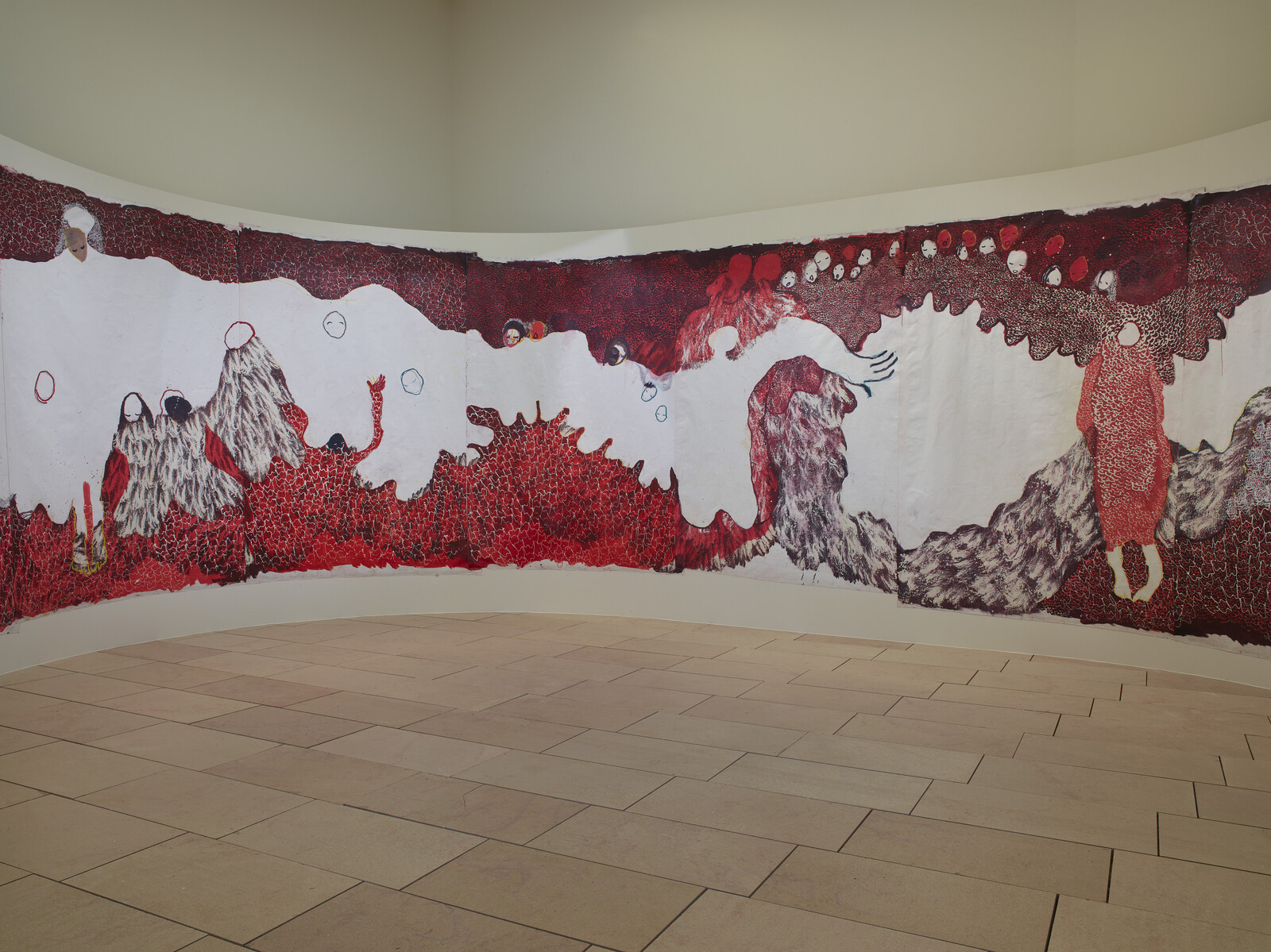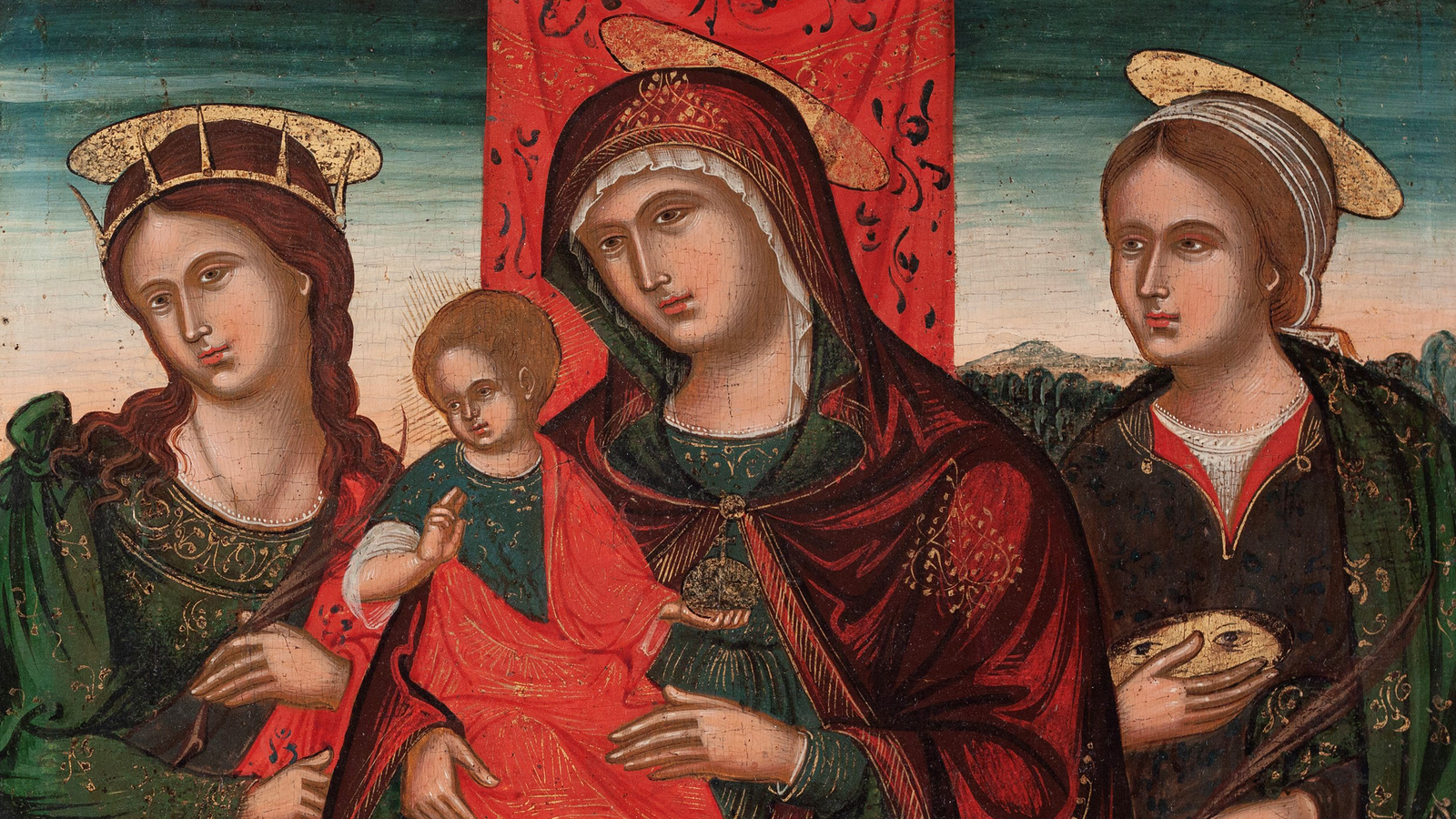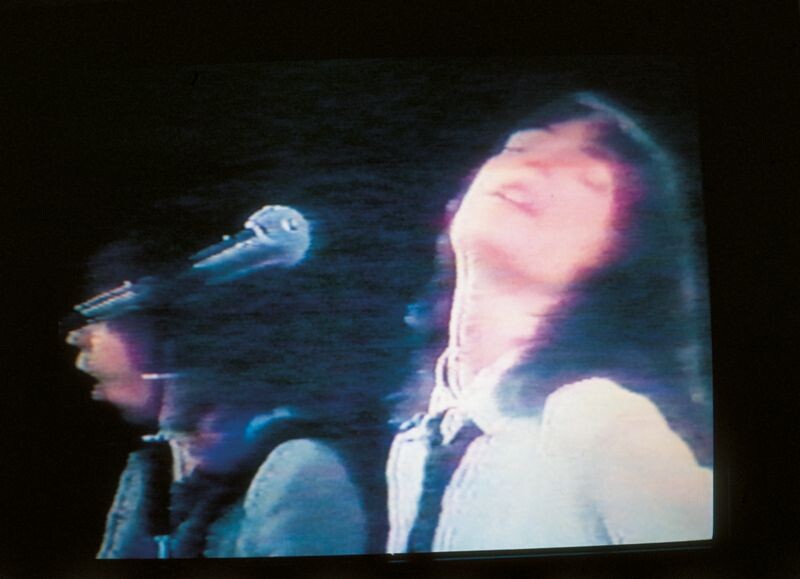The guinea fowl opens across all times, traveling through infinite spaces, emptying and filling itself with many nows of tomorrow and yesterday. It is a vessel and a chart in the unfathomable darkness of the present. On its wings are the stars of galaxies, the lights of UFOs, pores of a shared body stripped of death. Its wings hold what was lost and shattered, resisting the line or the closure in a curve. In this curve, time doesn’t arrive solely as doom; it can take the form of a spiraled prayer, a music-mosaic, a dispersed fragment reaching for the wind, the waves, the prompt ears that still don’t exist to hear—trance, trance, trance.
Notes for a Séance: Curating the 13th Seoul Mediacity Biennale
The origins and development of nationalist movements have to be examined from the perspective of the geopolitics among major empires, rather than by building half-baked theories based on weaker sociopolitical forces such as ethnic identity, historical memory, the pursuit of national consciousness, advancements in communication and information exchange, and the diffusion of the nation-state political model. I am not suggesting that these latter factors are unimportant, rather that their role in shaping nationalist movements is first and foremost determined by the geopolitics of major empires.
